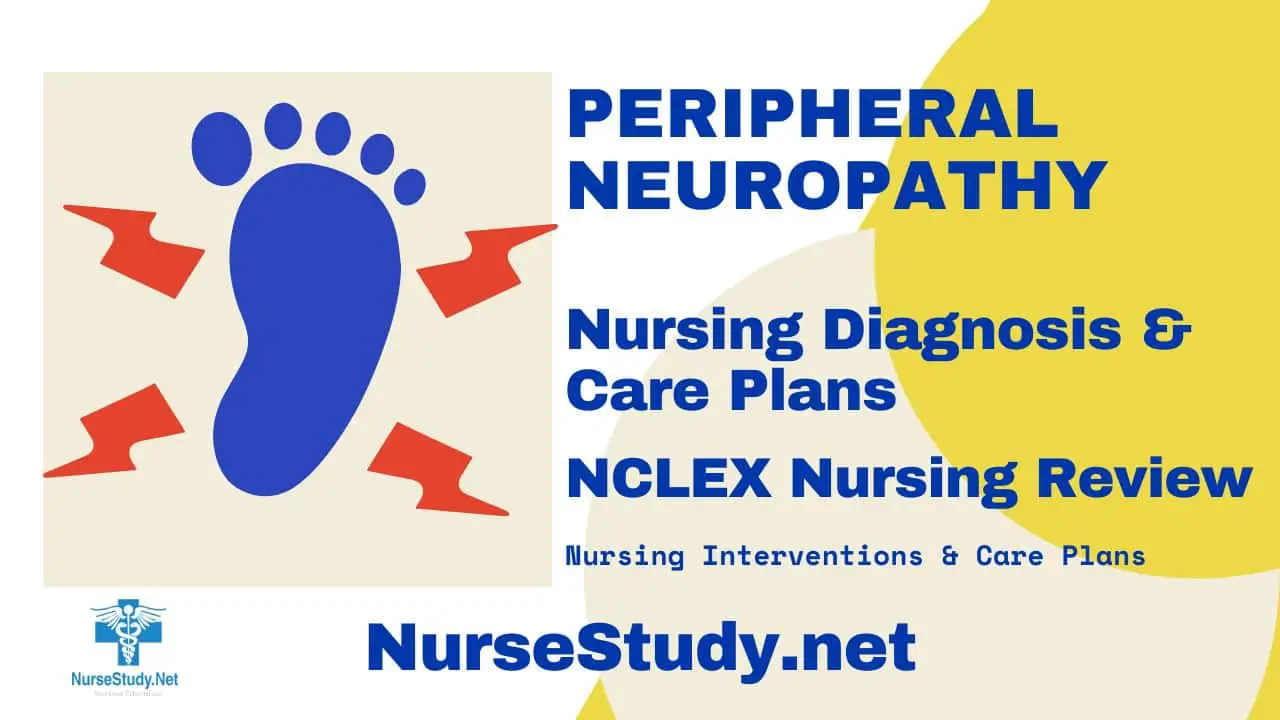Peripheral neuropathy is a complex neurological condition affecting the peripheral nervous system, the network of nerves outside the brain and spinal cord. These nerves are crucial for transmitting signals between the central nervous system and the rest of the body, controlling movement, sensation, and autonomic functions.
Understanding Peripheral Neuropathy
Common Causes
- Diabetes mellitus
- Chronic alcoholism
- Autoimmune disorders
- Nutritional deficiencies
- Infections
- Chemotherapy
- Trauma
- Systemic diseases
- Hereditary conditions
Clinical Manifestations
Motor Symptoms:
- Progressive muscle weakness
- Muscle atrophy
- Decreased reflexes
- Impaired coordination
- Paralysis in severe cases
Sensory Symptoms:
- Numbness and tingling
- Burning sensation
- Sharp, shooting pain
- Temperature sensitivity
- Decreased proprioception
- Balance difficulties
Autonomic Symptoms:
- Blood pressure fluctuations
- Irregular heart rate
- Excessive or reduced sweating
- Gastrointestinal disturbances
- Bladder dysfunction
- Sexual problems
- Vision changes
Nursing Process Overview
The nursing care of patients with peripheral neuropathy focuses on symptom management, preventing complications, and maintaining quality of life. Comprehensive assessment and individualized care planning are essential for optimal outcomes.
Nursing Care Plans for Peripheral Neuropathy
1. Chronic Pain related to Nerve Damage
Nursing Diagnosis: Chronic Pain
Related Factors:
- Peripheral nerve damage
- Inflammatory processes
- Compression of nerve structures
- Disease progression
Nursing Interventions and Rationales:
Perform comprehensive pain assessment using standardized tools
- Enables accurate tracking of pain patterns and response to interventions
Administer prescribed medications (anticonvulsants, antidepressants, analgesics)
- Provides multi-modal pain management approach
Implement non-pharmacological pain management techniques
- Reduces reliance on medication and promotes self-management
Monitor the effectiveness of pain management strategies
- Allows for timely adjustment of interventions
Desired Outcomes:
- The patient reports decreased pain intensity
- Patient demonstrates effective use of pain management strategies
- Patient maintains functional ability despite pain
2. Risk for Falls
Nursing Diagnosis: Risk for Falls
Related Factors:
- Impaired balance and coordination
- Muscle weakness
- Sensory deficits
- Environmental hazards
Nursing Interventions and Rationales:
Conduct fall risk assessment
- Identifies specific risk factors and guides prevention strategies
Implement environmental safety measures
- Reduces risk of accidental falls
Teach proper use of assistive devices
- Promotes safe mobility and independence
Establish an exercise program with physical therapy
- Improves strength and balance
Desired Outcomes:
- The patient remains free from falls
- Patient demonstrates safe mobility techniques
- The patient maintains independence in activities of daily living
3. Impaired Physical Mobility
Nursing Diagnosis: Impaired Physical Mobility
Related Factors:
- Muscle weakness
- Decreased sensation
- Pain
- Balance impairment
Nursing Interventions and Rationales:
Assess mobility status and limitations
- Establishes baseline and identifies specific needs
Provide assistive devices as needed
- Facilitates safe movement and prevents injury
Implement a progressive mobility program
- Maintains muscle strength and prevents deconditioning
Teach energy conservation techniques
- It helps manage fatigue and maintain activity levels
Desired Outcomes:
- The patient achieves an optimal level of mobility
- The patient uses assistive devices correctly
- Patient maintains safety during movement
4. Impaired Skin Integrity
Nursing Diagnosis: Risk for Impaired Skin Integrity
Related Factors:
- Decreased sensation
- Poor circulation
- Limited mobility
- Pressure points
Nursing Interventions and Rationales:
Perform regular skin assessments
- Enables early detection of skin breakdown
Implement pressure relief measures
- Prevents development of pressure ulcers
Teach proper skin care techniques
- Promotes skin health and prevents complications
Monitor nutritional status
- Supports tissue healing and maintenance
Desired Outcomes:
- The patient maintains intact skin
- Patient demonstrates proper skin care techniques
- Patient identifies early signs of skin breakdown
5. Self-Care Deficit
Nursing Diagnosis: Self-Care Deficit
Related Factors:
- Sensory impairment
- Muscle weakness
- Pain
- Fatigue
Nursing Interventions and Rationales:
Assess self-care abilities and limitations
- Identifies areas requiring assistance
Provide adaptive equipment
- Promotes independence in self-care activities
Teach compensatory techniques
- Enables safe performance of activities
Establish realistic goals for independence
- Promotes motivation and achievement
Desired Outcomes:
- Patient achieves the maximum level of independence
- The patient uses adaptive equipment effectively
- The patient maintains personal hygiene and grooming
References
- Ackley, B. J., Ladwig, G. B., Makic, M. B., Martinez-Kratz, M. R., & Zanotti, M. (2023). Nursing diagnoses handbook: An evidence-based guide to planning care. St. Louis, MO: Elsevier.
- Bc, J. B. D. A., Rosenthal, L., & Yeager, J. J. (2021). Study Guide for Lehne’s Pharmacology for Nursing Care. Saunders.
- Harding, M. M., Kwong, J., & Hagler, D. (2022). Lewis’s Medical-Surgical Nursing: Assessment and Management of Clinical Problems, Single Volume. Elsevier.
- Hange N, Poudel S, Ozair S, Paul T, Nambakkam M, Shrestha R, Greye F, Shah S, Raj Adhikari Y, Thapa S, Patel P. Managing Chronic Neuropathic Pain: Recent Advances and New Challenges. Neurol Res Int. 2022 Oct 12;2022:8336561. doi: 10.1155/2022/8336561. PMID: 36277331; PMCID: PMC9581623.
- Herdman, T. H., Kamitsuru, S., & Lopes, C. (2024). NANDA International Nursing Diagnoses – Definitions and Classification, 2024-2026.
- Hershey, D. S. (2017). Diabetic Peripheral Neuropathy: Evaluation and Management. The Journal for Nurse Practitioners, 13(3), 199-204.e1. https://doi.org/10.1016/j.nurpra.2016.08.034
- Ignatavicius, D. D., Rebar, C., & Heimgartner, N. M. (2023). Medical-Surgical Nursing: Concepts for Clinical Judgment and Collaborative Care. Elsevier.
- Ogle T, Alexander K, Miaskowski C, Yates P. Systematic review of the effectiveness of self-initiated interventions to decrease pain and sensory disturbances associated with peripheral neuropathy. J Cancer Surviv. 2020 Aug;14(4):444-463. doi: 10.1007/s11764-020-00861-3. Epub 2020 Feb 20. PMID: 32080785; PMCID: PMC7360651.
- Silvestri, L. A. (2023). Saunders comprehensive review for the NCLEX-RN examination. St. Louis, MO: Elsevier.
